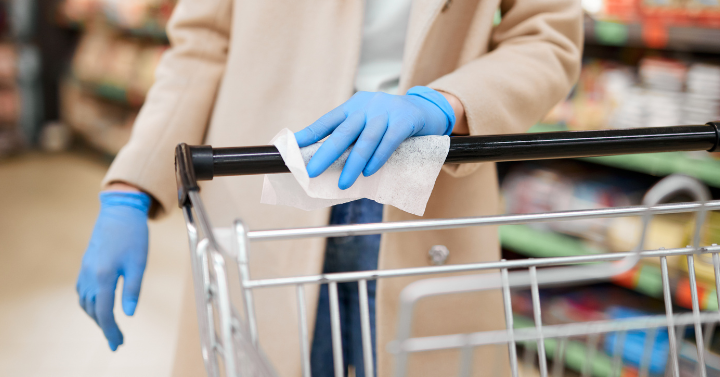The market for professional cleaning wet wipes and dry wipers has witnessed strong growth, consistently up over a 6% CAGR in recent years. Demand for such products is expected to continue strengthening over the next several years, as wipes are an easy tool that cleaning professionals and building occupants will use regularly to maintain clean and safe environments. Several key trends are driving the sustained growth of professional cleaning wipes, including:
- Surface cleaning and disinfection remain integral parts of maintaining hygienic buildings and keeping staff safe and healthy. The cold and flu season prompts the increased usage of wipes to clean and disinfect high-touch surfaces, such as doorknobs, handrails, shopping carts, elevator buttons, payment kiosks, and gym equipment. With the U.S. Centers for Disease Control and Prevention (CDC) designating post-holiday respiratory illness levels as high to very high across most of the United States, the necessity for robust cleaning and disinfection measures is evident.
- The increased number of digital screens used in many professional settings—such as tablets in schools and preschools, payment kiosk screens in retail stores, and screens to place orders in fast-food restaurants—are new growing areas that need specialized wipes to clean. Dry electronics wipers are expected to gain sales over the next few years as a result of more digital screens being shared in more settings.
- Scarce labor is compelling cleaning crews to place an even greater reliance on efficient tools. With fewer staff facing the challenge of managing diverse cleaning tasks, janitorial teams are increasingly recognizing the key value proposition of disposable wipes. The need for quick, simple, and effective tools has become paramount, driving the heightened adoption of disposable wipes.
- Sustainability goals are important for end users that are increasingly seeking wipes made from sustainable fibers, such as cotton and bamboo. Not only are these substrates more sustainable due to the ease of growing them, but they also offer better biodegradability than microfiber wipes. This resonates with end users focused on reducing waste. Additionally, the surge in popularity for wipes featuring plant-based or botanical active ingredients—such as citric acid, lavender, and thymol—reflects a growing preference for natural and gentler cleaning solutions.
Explore changes in wipes usage, spending, and purchasing channels with Kline’s upcoming Professional Cleaning Wipes: U.S. Market Analysis and Opportunities, set to be published in Q3 this year. This comprehensive assessment is backed by over 600 detailed, structured questionnaires of decision-makers and in-depth interviews with industry stakeholders. Gain insights into the role of wipes in facility operations and cleaning, and size the market by product, end use, and supplier, including wet wipes and dry wipers. Reach out to us for more information on how Kline can help elevate your strategy in the professional cleaning industry.

